Blast Furnance Spare Parts
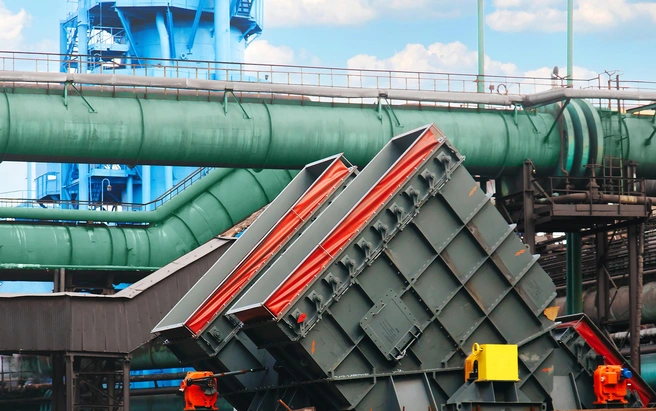
Transportation systems for sinter transportation to the blast furnace
Assignment
Material handling: Moving agglomerates (pre-treated metallurgical materials such as iron ore with added binder) from pre-treatment to the blast furnace for further processing.
Main components of the system
Belt conveyors
Purpose: Main method of long-distance transportation of sinter from the place of its formation (e.g. from the sinter plant) to the blast furnace.
Material: Special steels and constructions resistant to high temperatures and mechanical stress.
Vibrating feeders
Purpose: Used for uniform distribution of agglomerates onto conveyor belts or other transport vehicles.
Advantages: Provides accurate dosing and prevents belt jams.
Wagons or containers
Purpose: Used for transportation of sinter by rail or road to the place of loading into the blast furnace.
Material: Steel or other durable materials resistant to environmental and mechanical stress.
Cranes and lifting devices
Purpose: Used to move sinter in places where conveyor belts cannot be used, e.g. when loading directly into the furnace.
Material: Steel or special alloys to support high loads.
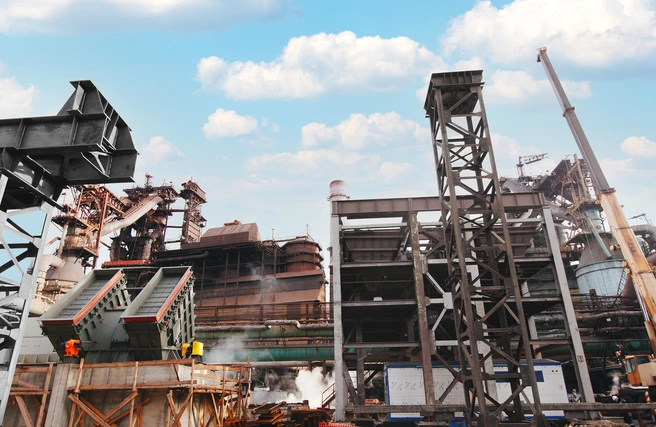
Application
Sinter transport systems are used in the metallurgical industry to ensure continuous feeding of raw materials to the blast furnace, which is an important step in the production of pig iron and steel.
Efficient transportation systems for sinter to the blast furnace play an important role in ensuring high productivity and reliability of the metallurgical production process, guaranteeing uniform and safe transportation of raw materials at every stage of the production cycle.
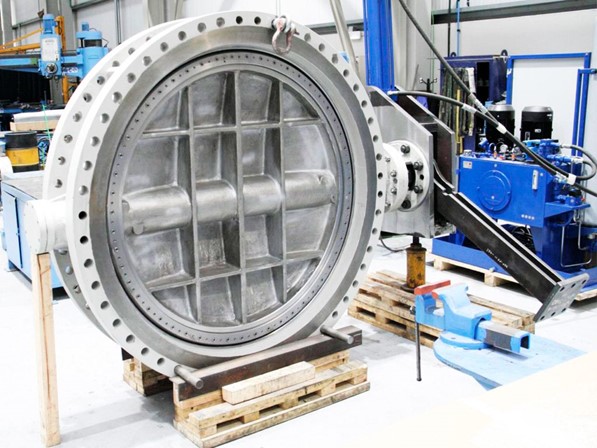
Control gates, hot blast screens and other equipment
Regulating gates
Purpose: Used to regulate or shut off the flow of gases or liquids in technological processes.
Application: Widely used in industry to control the flow of materials, gases and liquids in pipelines and systems.
Types: Depending on design, may be wedge, rotary, straight or other types of gate valves.
Hot air chippers
Purpose: Used to regulate hot blowing in metallurgical processes such as iron and steel production.
Application: Critical role in maintaining required temperatures and chemical conditions in blast furnaces and other process plants.
Materials: Usually made of high temperature steels or special alloys resistant to aggressive environment.
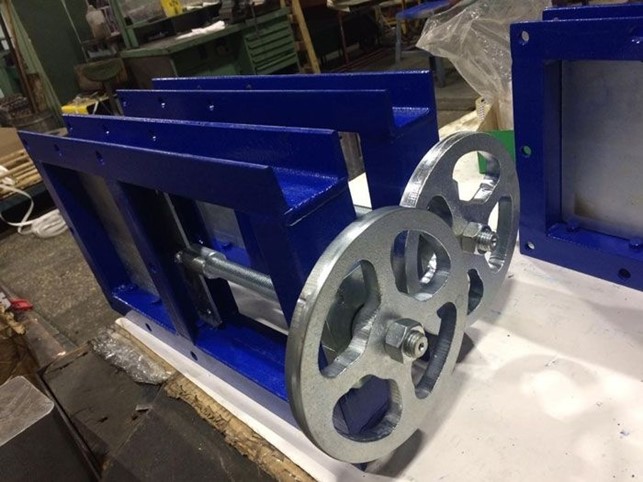
Оther equipment
Heat insulation materials: Used to protect equipment and reduce heat losses.
Thermometers and sensors: Necessary for temperature control in processes.
Fittings and connecting elements: Provide reliable connection and material flow control.
Аdvantages
Precise regulation: Provide accurate and efficient flow and process management.
Reliability: High operating reliability in high temperature and aggressive environment.
Easy maintenance: Easy to maintain and maintain.
Аpplication
This equipment is widely used in metallurgy, energy, chemical industry and other industries where the regulation of the flow of substances and production conditions is critical.
Control closures, hot-blow and other specialized equipment play an important role in ensuring the efficiency and reliability of processes where accurate and safe management of material and energy flows is required.
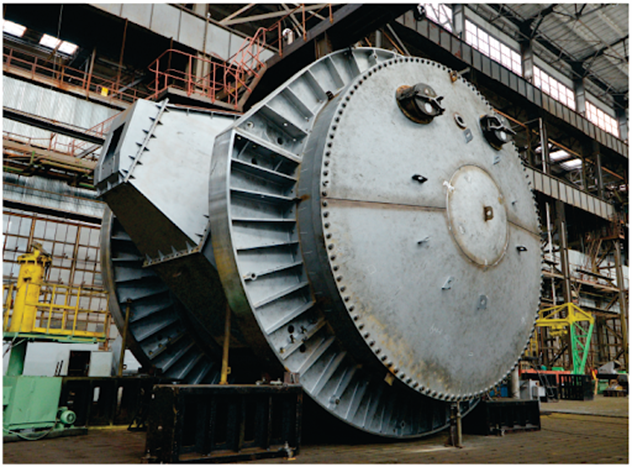
Receivers and mixers for transport of cast iron
Receivers
Purpose: Used for temporary storage and storage of cast iron before further processing or use in manufacturing processes.
Application: Critical part of transport systems to ensure continuous supply of cast iron in steel kilns.
Construction: Usually made of high strength steel or special alloys resistant to high temperatures and mechanical loads.
Iron Transport Mixers
Purpose: Designed to mix cast iron with other metallurgical additives or ores to obtain the necessary chemical and physical properties.
Application: Used in metallurgical plants to prepare and improve the quality of molten cast iron before it is poured into molds or kilns.
Features: The equipment is often equipped with special mixing blades and additive systems to ensure uniform mixing.
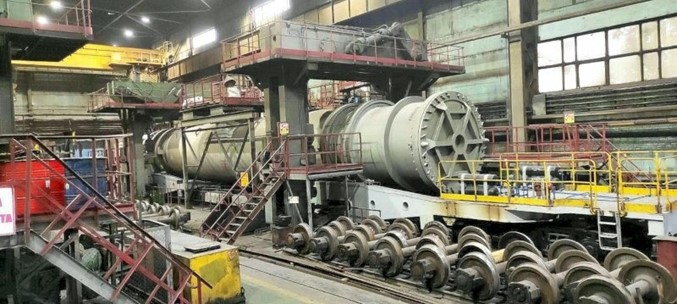
Application
Receivers and mixers for transportation of cast iron are actively used in the metallurgical industry to ensure continuous production of high quality cast iron. They play an important role in processing and preparing raw materials before their use in further technological processes.
Receivers and mixers are important elements of the metallurgical infrastructure, providing efficient and reliable management of cast iron materials at various stages of production.